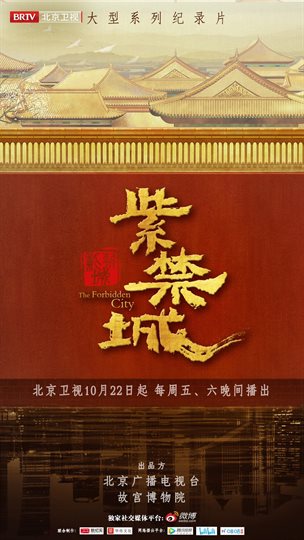50FPS版 / The Forbidden City
On September 29, 1925, the words "Palace Museum" were hung on the Shenwu Gate Tower of the Forbidden City for the first time. On October 10, the Palace Museum was officially opened to the public. On that day and the next afternoon, the Palace Museum received more than 50,000 visitors. Even in that era of scarce material conditions, people's enthusiasm for the Palace Museum was no less than today. The originally closed and strictly guarded palace was crowded with ordinary people; the antiquities that originally belonged to the emperor had a new audience. Such a lively and exciting scene strongly declared the historical significance of the opening of the Palace Museum.
In 1931, the Palace Museum, which was striving for development, built a large cultural relic warehouse with advanced cultural protection concepts in the Palace of Imperial Concubine’s Palace. However, the cultural relic warehouse was not yet fully completed, and the Palace Museum was deprived of its rare development opportunity. In that year, the September 18th Incident broke out, Northeast China fell, North China was in danger, and the Chinese nation fell into the most dangerous situation. As the war continued, experts and scholars in Peking began to get nervous. What worried them was not their personal safety, but the Forbidden City and the national treasures of this city. So they proposed the idea of moving the treasures and antiquities of the Palace Museum to other places.
Although it is easier to disperse than to gather, cultural relics should never be used as a stake in war. "As long as the cultural relics are there, the roots of Chinese culture will not be cut off, the spirit of the Chinese nation will not die, and the Chinese people will not become slaves of a conquered nation." The relocation of cultural relics to the south eventually became the mainstream opinion of society.
The relocation of cultural relics to the south disrupted the normal development order of the Palace Museum and also changed the duties and work tasks of the Palace Museum colleagues. With the spirit of "regarding national treasures as life" as the core, they accompanied the ancient relics on the journey to the south at the best age, and the relics were inseparable. In August 1945, after trekking through mountains and rivers and wandering around, the relocated cultural relics of the Palace Museum finally received the news of the victory of the Anti-Japanese War in Leshan, Sichuan. The road to the return of the relocated cultural relics of the Palace Museum was difficult and long. It was not until the peaceful liberation of Peking and the founding of New China that the Forbidden City finally ushered in a new life.
The Forbidden City has enjoyed a peaceful and stable life in the obscurity of the people of the Palace Museum. From the late 1970s to the early 1980s, the Palace Museum welcomed a group of young people who entered the Palace Museum as the "second generation" and "third generation". They turned a deaf ear to the outside world, honed their basic skills bit by bit, and began their daily work as cultural relics restorers with awe. After the broken calligraphy and paintings, wooden articles, jade articles, clocks and watches were restored, they were displayed to the audience, allowing them to appreciate these things, understand the brilliant culture and traditional history of our China, and re-embody the vitality of cultural relics.
Since then, the Forbidden City has had a new position in the coordinates of human civilization, and the Palace Museum has become the most important witness and participant in the country's protection and inheritance of Chinese civilization.











































